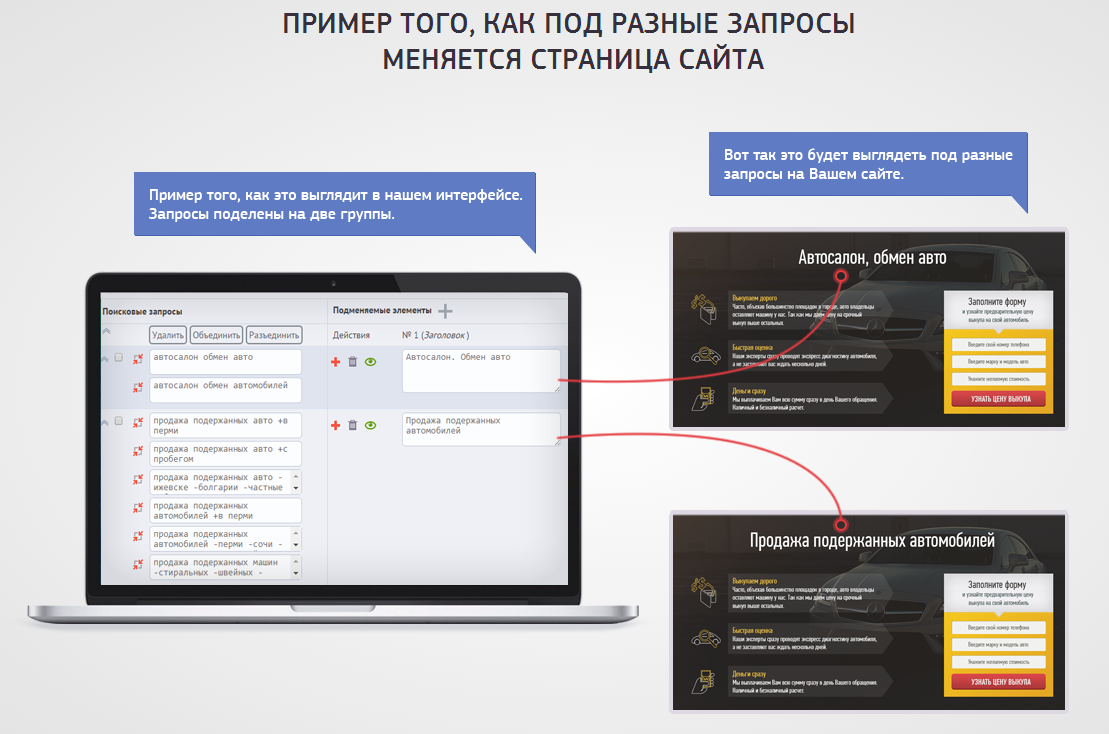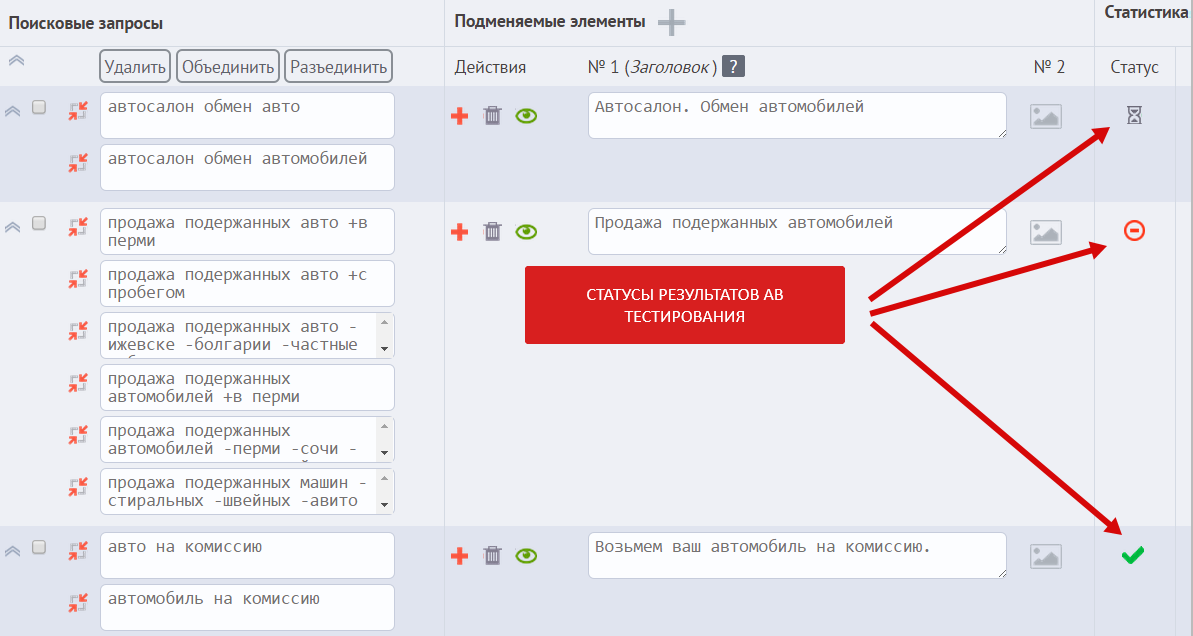Stop turning off contextual search queries that aren’t profitable

Contextual advertising is a great way to drive targeted traffic. Unlike direct marketing, you don’t push anything. People who are already looking for your product or service come to the site. It remains only to accept calls and applications. However…
Broken Requests
However, back to reality. Paradoxically, the context "merges" the advertising budget for a number of reasons. We will analyze one of the main ones - idle queries.
These are requests with zero conversion when a click does not lead to a target action - a request or a call. At the same time, you have already paid for a click and the budget is wasted.
Incorrectly configured context - and very soon, users will leave nothing but bitter memories from your advertising budget.
What to do? The standard practice is to disable idle requests. An important point:
if a user clicks on an ad, it causes interest. Obviously, the "leak" occurs in the next step.
In any advertising campaign, Yandex.Direct has hundreds, and many thousands have key queries. And they all lead to the same landing page. Someone makes a product page for each product item. In part, this solves the problem of personalization, but not to the end.
The fact is that users formulate requests differently, and, most importantly, they have different needs. For example, a person is looking for a car on credit; interested in a particular model or even wants to exchange an old car for a new one with a surcharge. And he sees one proposal on the landing page, regardless of the request. Often very distant, especially when switching from low- and micro-frequency queries. The solution is a responsive content system.
Dynamic Landing + Responsive Content
They talked about dynamic pages or Dynamic web page back in 2013, which Mashable declared the year of responsive content.
The history of personalization began with responsive design for mobile devices. And then came the idea of deeper adaptation by adjusting the content for each visitor. This allows you to more successfully "close" users to the target action.
How it works?
In a previous publication, we examined the principle of the action of adaptive content in the Yagla service and how it affects the return on contextual advertising.

Jagla allows the marketer or business owner not to refuse inefficient requests, but helps to configure them so that they become conversion.
Let's take a simple example from our practice: the company delivers goods from Asia and Europe. Inactive requests - this is almost all low-frequency requests indicating specific products. So, the conversion at the request “to buy a monopod in bulk” was 0.1%.
It turned out that users from the advertisement went to the page with the following offer: "Wholesale of more than 10,000 domestic and imported goods." Signature to the lead form: "Get the full price in your direction." Where are the monopods here? As a result, the potential customer closes the page and is looking for a more accurate offer.
Under the request “to buy a monopod in bulk”, we set up a substitution of the heading “Wholesale monopods” and a signature to the application form “Get a full price of monopods”.
The remaining low-frequency requests from Yandex.Direct were uploaded to Yagla and adapted according to the same principle. After 3 weeks, the conversion was 13.5%.
Marketing automation
In our example, “buy monopod in bulk” is just one of the product queries. The site has over 10,000 positions. And what? Under each of 10,000 requests to create a separate landing page?
Jagla does not deal with endless takes, but works with the same landing page. Campaign synchronization from Yandex.Direct takes place through the API or from Excel in a few minutes. Next, you specify the elements to be replaced under the query or group of queries, and upload the data to the substitution table.
To start adaptive content, put on the website the code that Jagla generates. In the process, the automatic A / B testing system in the system compares the conversion of substitutions with the original.
For each test, you see the status, the indicated substitutions worked better or worse. This allows you to quickly adjust ineffective options.

About A / B testing in contextual advertising, read more in this post .
Conclusion
As you can see, there are no idle requests, there is a lack of personalization.
With you was Alexander Alimov, head of Yagla.ru
See you in a week!
